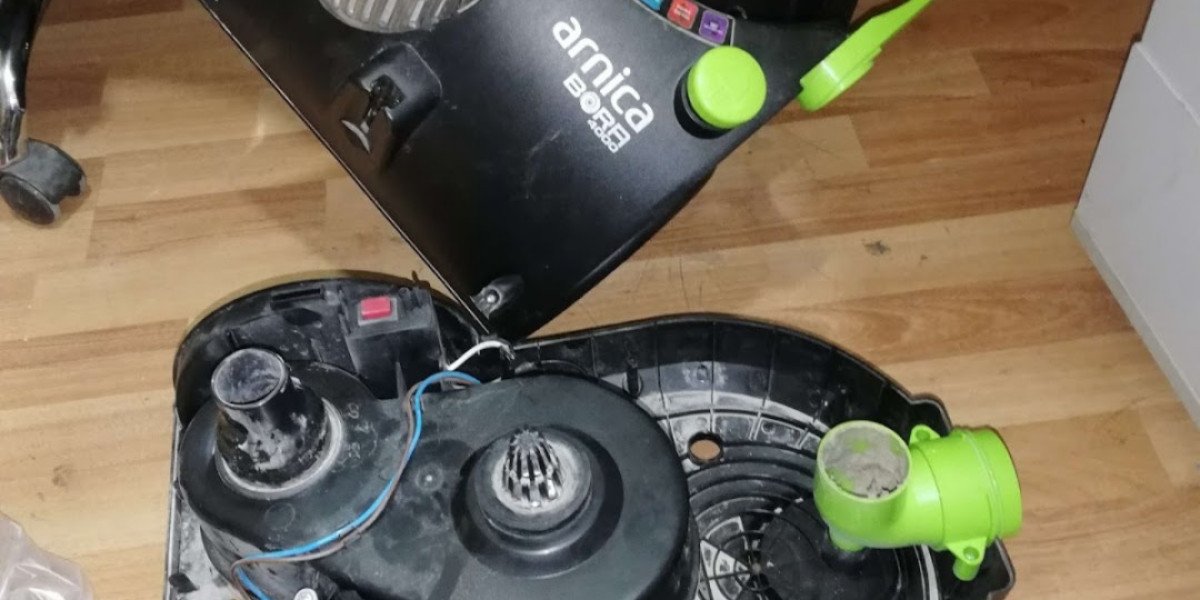Why Herbicides Matter in Smart Farming
A modern farmer's toolkit would not be complete without herbicides. Because they compete with crops and reduce yields, weeds are a persistent problem in agricultural settings. Effective weed control is more crucial than ever because to the rising need for food. Herbicides provide a quick, efficient, and economical way to control the growth of weeds. Smart farming techniques reduce waste and guarantee that pesticides are administered only where and when needed by applying herbicides more precisely through the use of technology, data, and optimized procedures.
In order to increase agricultural productivity and lessen their impact on the environment, farmers are increasingly using more targeted herbicides. For instance, one of the most widely used herbicide options in smart farming is systemic herbicide, which enters plants and moves through their system to target the roots. Because of their efficacy and durability in controlling broadleaf weeds and grasses, these herbicides are frequently used.
Frequently Used Dry Systemic Herbicides for Efficient Weed Management
Systemic herbicides are among the most effective herbicide classes for controlling weeds. These herbicides are perfect for eradicating deep-rooted weeds since they are absorbed by the plant and move through its vascular system. The ammonium salt of glyphosate 71% SG, one of the most used systemic herbicides, is a very good way for farmers to get rid of bothersome grassy and broadleaf weeds.
Glyox ammonium, a salt of glyphosate 71% SG is one such herbicide that has proven its value in the field. It is used in various farming applications to eliminate unwanted plants while ensuring that crops remain healthy and unaffected. Glyphosate’s widespread popularity comes from its ability to provide broad-spectrum control with minimal environmental impact when used correctly.
It can be used to target both annual and perennial weeds.
This herbicide is particularly effective in clearing out difficult-to-control weed species.
For effective results, it’s essential to follow the correct dosage and application procedures. The ammonium salt of glyphosate (71% SG dosage per litre of water is typically around 2.5 grams per litre, depending on the specific needs of the farm and the severity of the weed problem.
Using a well-known dry systemic herbicide, such as ammonium salt of glyphosate (71% SG), is in line with smart farming objectives and provides a dependable option for farmers looking to manage weeds effectively and sustainably.
Other Effective Herbicides in Smart Farming
While systemic herbicides like ammonium salt of glyphosate 71% SG are widely used, there are other effective herbicide options that farmers can incorporate into their smart farming practices. Each herbicide type has its advantages, and selecting the right one depends on factors such as the type of crops being grown, soil health, and the specific weed problem being faced.
Pre-Emergent Herbicides
Pre-emergent herbicides are applied before weeds emerge, providing an effective preventive measure against weed growth. These herbicides target the early stages of weed development, preventing seeds from germinating. Pre-emergent herbicides are particularly useful in reducing the weed seed bank in the soil, ensuring that weeds do not become a problem later in the growing season.
Common pre-emergent herbicides include atrazine and simazine, which are effective for controlling broadleaf weeds.
These herbicides help to reduce the need for multiple herbicide applications throughout the season.
Using pre-emergent herbicides is an excellent choice for farmers practising smart farming, as it allows them to reduce the overall chemical load on the farm and promote more sustainable farming practices.
Post-Emergent Herbicides
Post-emergent herbicides are applied after the weeds have emerged from the soil. These herbicides are effective in eliminating established weeds that are actively growing and competing with crops. Post-emergent herbicides like glufosinate-ammonium are commonly used in agriculture to target specific weeds without harming crops.
The benefit of post-emergent herbicides is that they can be applied when weeds are most vulnerable, providing more effective control. When used correctly, these herbicides can target weeds without damaging crops, allowing farmers to preserve the health of their plants while managing unwanted vegetation.
"In the world of farming, it’s not just about working harder but smarter. The right herbicide applied at the right time makes all the difference in improving yields."
Integrated Weed Management (IWM) for Smart Farming
While herbicides are essential tools in smart farming, they should be used as part of a larger strategy called Integrated Weed Management (IWM). IWM is an approach that combines different methods of weed control to provide long-term results and reduce dependence on herbicides. By integrating cultural, mechanical, and chemical practices, farmers can create a holistic approach to weed management.
Combining Herbicides with Cultural Practices
Herbicide efficacy can be increased by cultural techniques such as crop rotation, mulching, and soil management. Crop rotation, for instance, breaks the life cycle of weeds by introducing other plants that interfere with the habitat of specific weed species. By obstructing sunlight, mulching inhibits the development of weed seeds, while soil health techniques increase the fertility of the ground, which inhibits the growth of weeds.
By combining herbicide use with these cultural practices, farmers can reduce their reliance on chemicals, leading to a more sustainable farming system.
Mechanical Methods for Weed Control
Mechanical methods such as tilling, mowing, and using weeding machines can also be used to control weeds. These techniques are particularly useful in conjunction with herbicide applications, as they help to physically remove weeds or disrupt their growth, reducing the need for frequent herbicide applications. This multi-pronged approach ensures that weed populations are kept under control while minimizing the environmental impact of herbicides.
Benefits of Herbicide Use in Smart Farming
The strategic use of herbicides in smart farming brings numerous benefits to both farmers and the environment. Here are some of the key advantages:
Increased Efficiency: Herbicides allow farmers to control large-scale weed infestations quickly, improving farm efficiency and reducing labor costs.
Enhanced Crop Yields: By eliminating weeds that compete with crops for resources, herbicides help increase crop yields and improve the overall health of the plants.
Cost-Effective: Herbicide applications, when done properly, reduce the need for multiple manual weed control methods, saving farmers money on labor and equipment costs.
Sustainability: Modern herbicides, when used as part of an integrated approach, can be environmentally friendly and sustainable, reducing the overall chemical burden on the land.
Incorporating herbicides into smart farming practices offers a pathway to higher productivity, reduced costs, and more sustainable farming. By adopting advanced techniques like precise herbicide application and IWM, farmers can improve their yields while ensuring the health of their crops and the environment.
The Path Forward for Smart Farming
As the agricultural industry continues to evolve, so too do the tools and techniques that farmers use to manage their crops. Herbicides will remain a vital component of weed control, but smart farming pract








